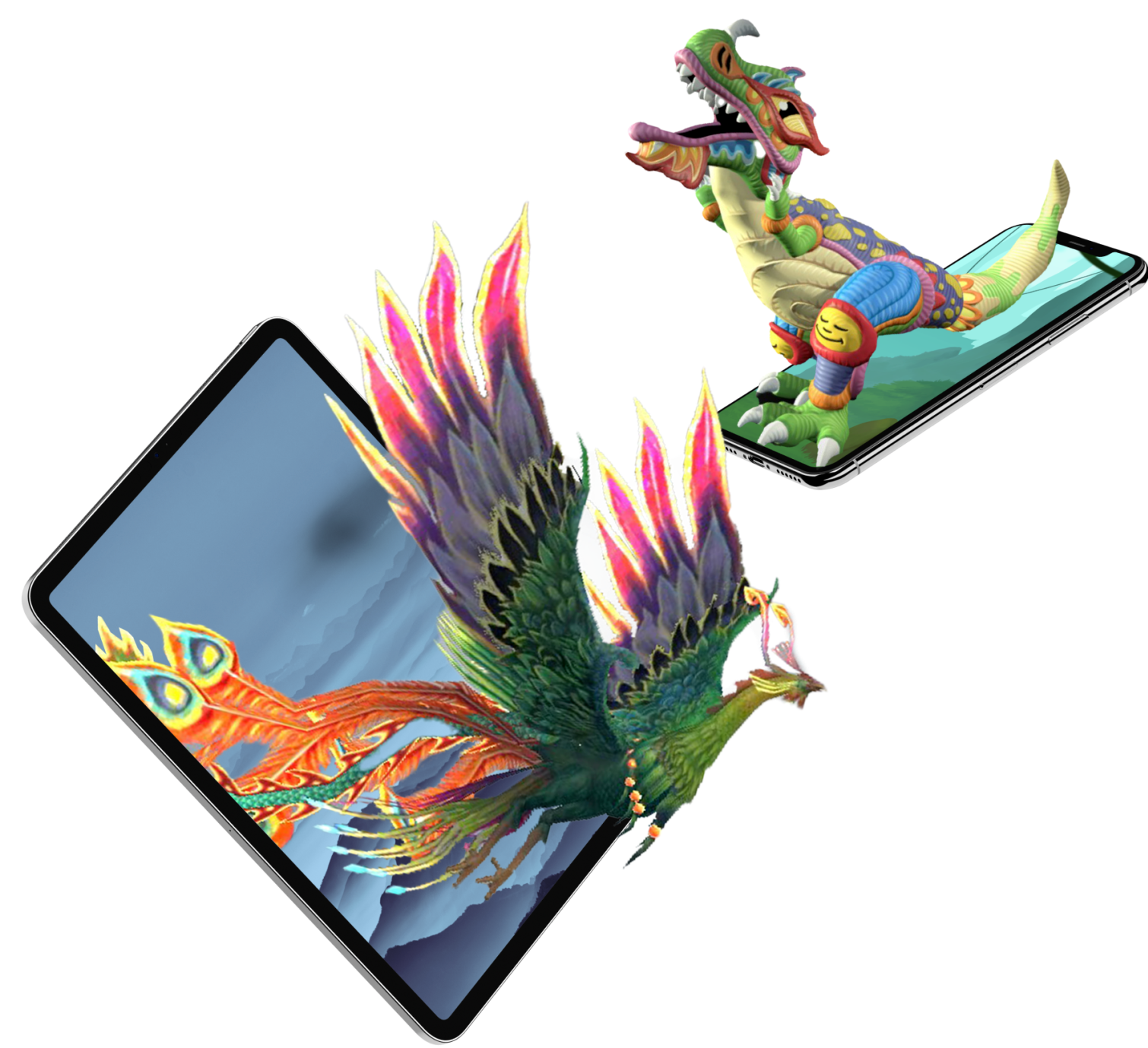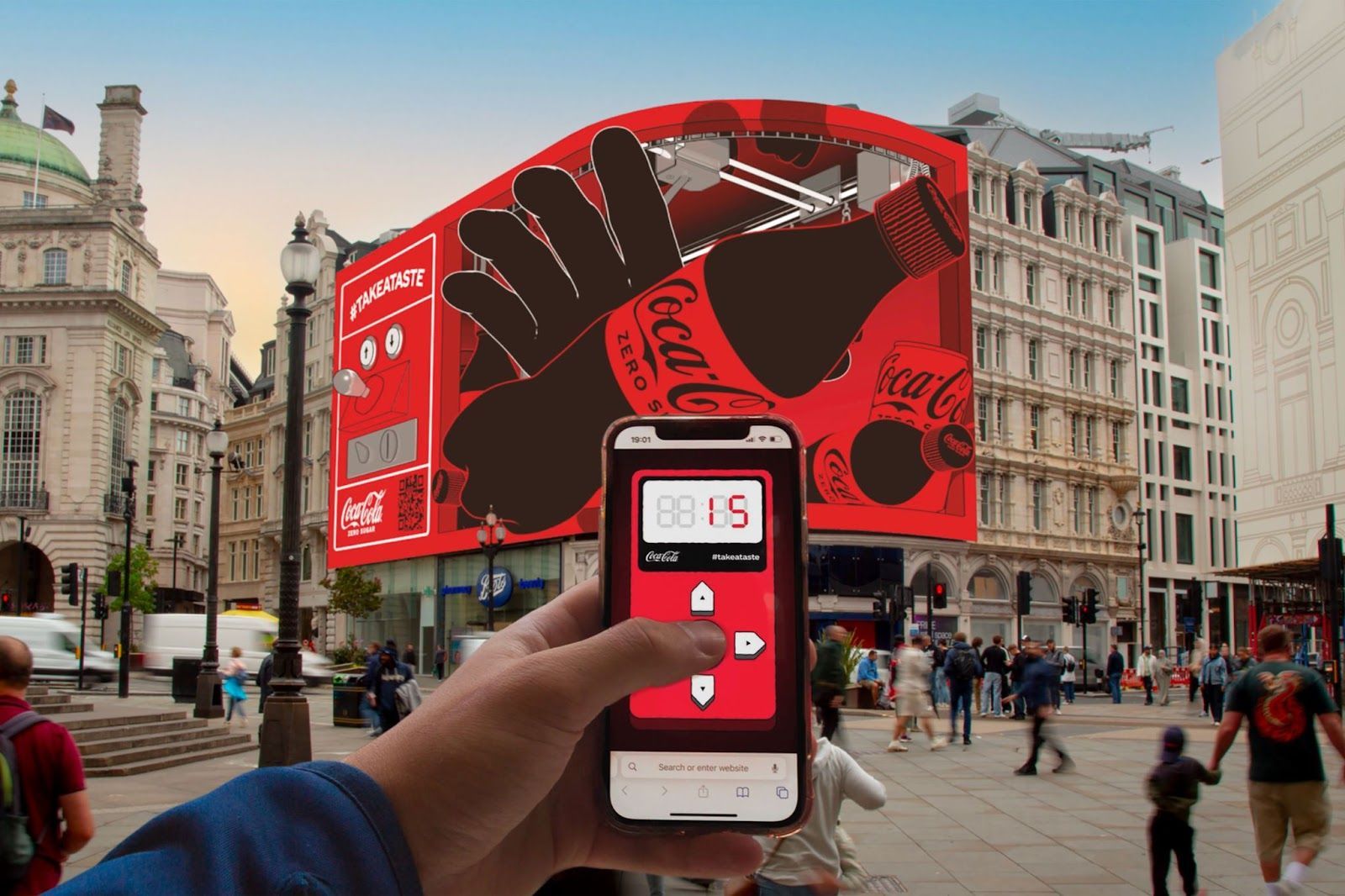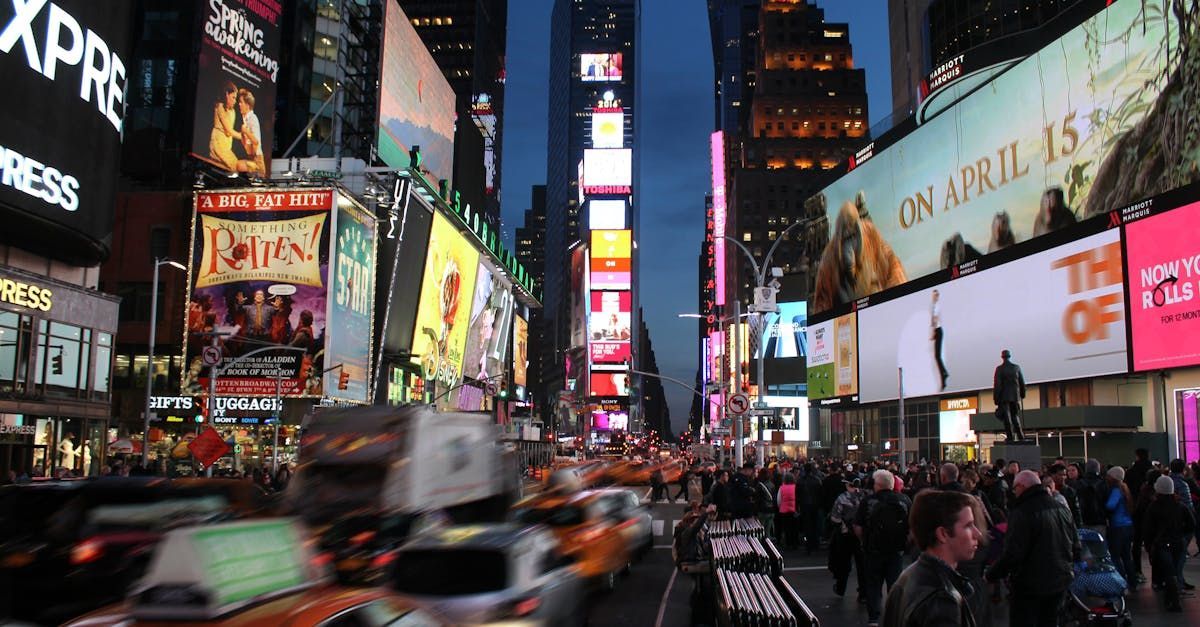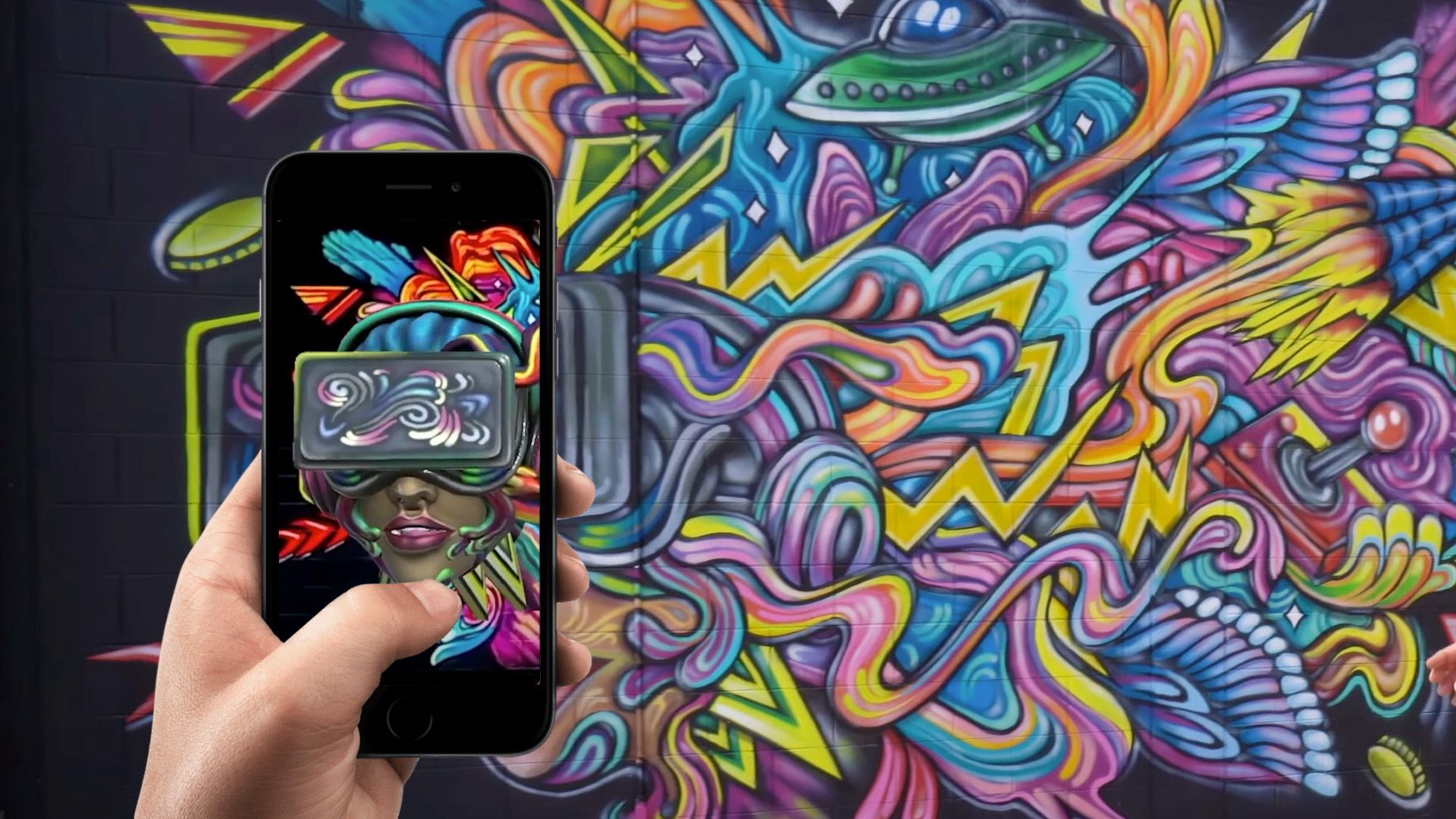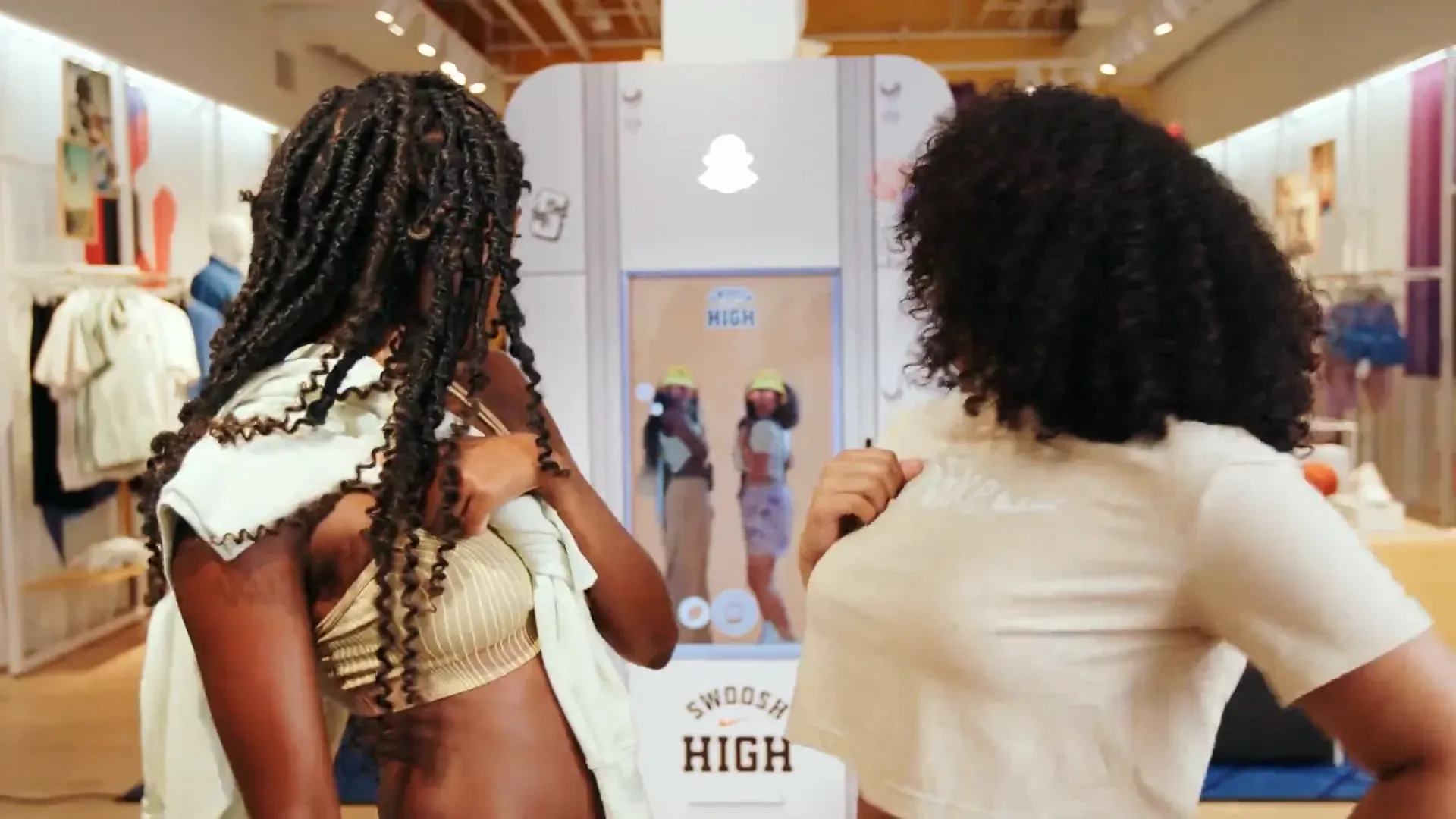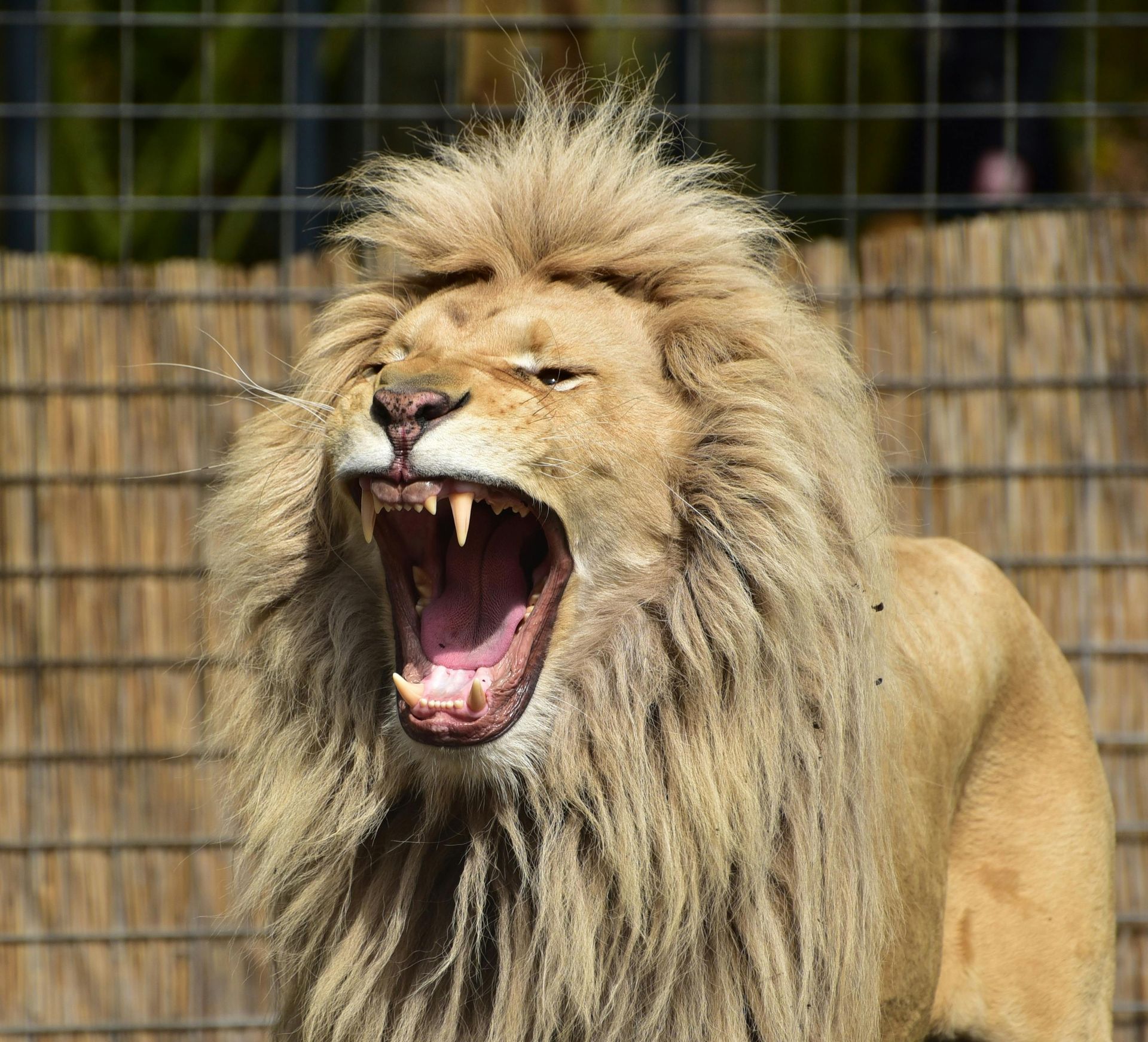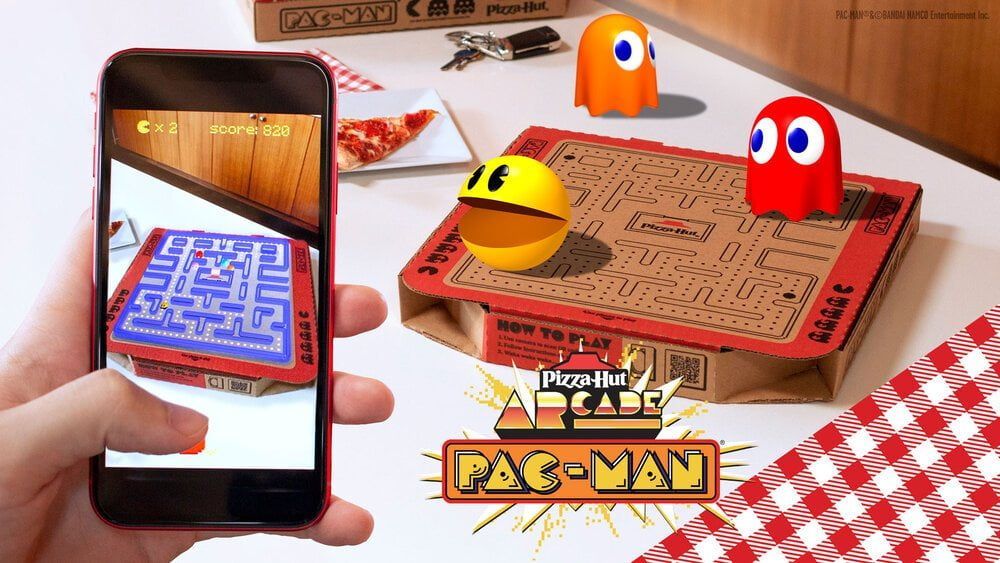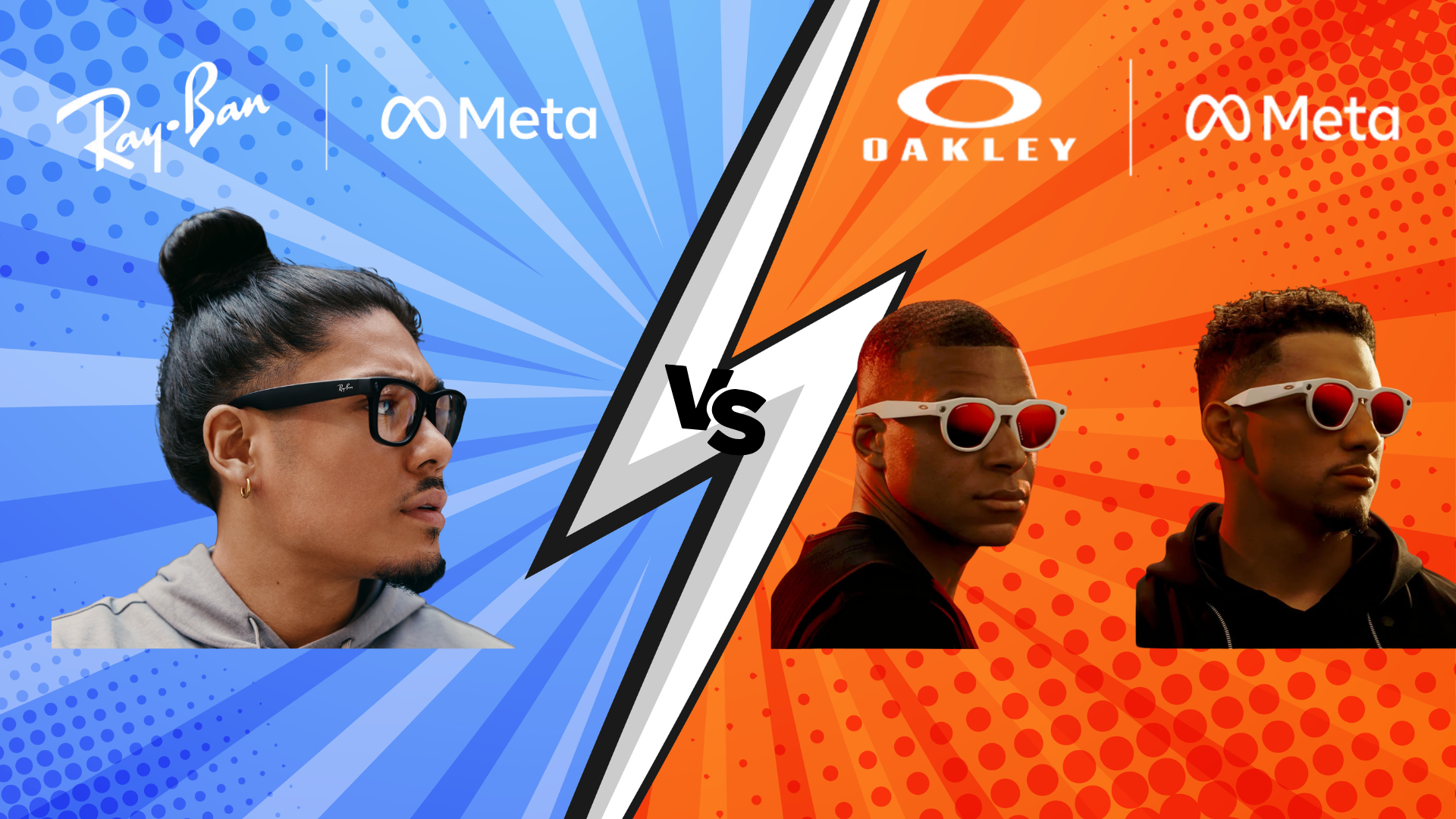DOOH is More Affordable Than You Think
Digital out-of-home (DOOH) advertising has emerged as a revolutionary medium in the advertising world. Its dynamic nature and ability to engage audiences in real time make it a preferred choice for many brands. However, there’s a prevalent misconception that DOOH is prohibitively expensive. In reality, DOOH is more affordable than you think. This article will explore the various aspects that make DOOH a cost-effective solution and highlight its benefits compared to traditional out-of-home (OOH) advertising.
Understanding DOOH Advertising
What is DOOH?
Digital Out of Home (DOOH) advertising involves digital billboards and screens in public places like shopping malls, airports, bus stops, and city centers. Unlike traditional OOH advertising, which relies on static images, DOOH uses digital screens to display dynamic, eye-catching content.
Benefits of DOOH
DOOH advertising offers numerous advantages over traditional OOH advertising, including:
- Dynamic Content is the ability to change content in real time based on various factors such as time of day, weather, and audience demographics.
- Interactive Features: Incorporation of QR codes and interactive elements that encourage audience engagement.
- Targeted Advertising: Ability to target specific demographics and tailor messages accordingly.
- Measurable Impact: Advanced analytics and tracking capabilities that provide insights into campaign performance.
Why DOOH is Cost-Effective
Flexible Pricing Models
One of the primary reasons DOOH is more affordable than perceived is its flexible pricing models. Unlike traditional OOH advertising, which often requires a long-term commitment, DOOH offers various pricing options:
- Pay-Per-Play: Advertisers only pay for the time their ads are displayed, making it a cost-effective option for short-term campaigns.
- Programmatic DOOH allows advertisers to bid for ad space in real time, similar to online advertising, ensuring they only pay for the audience they reach.
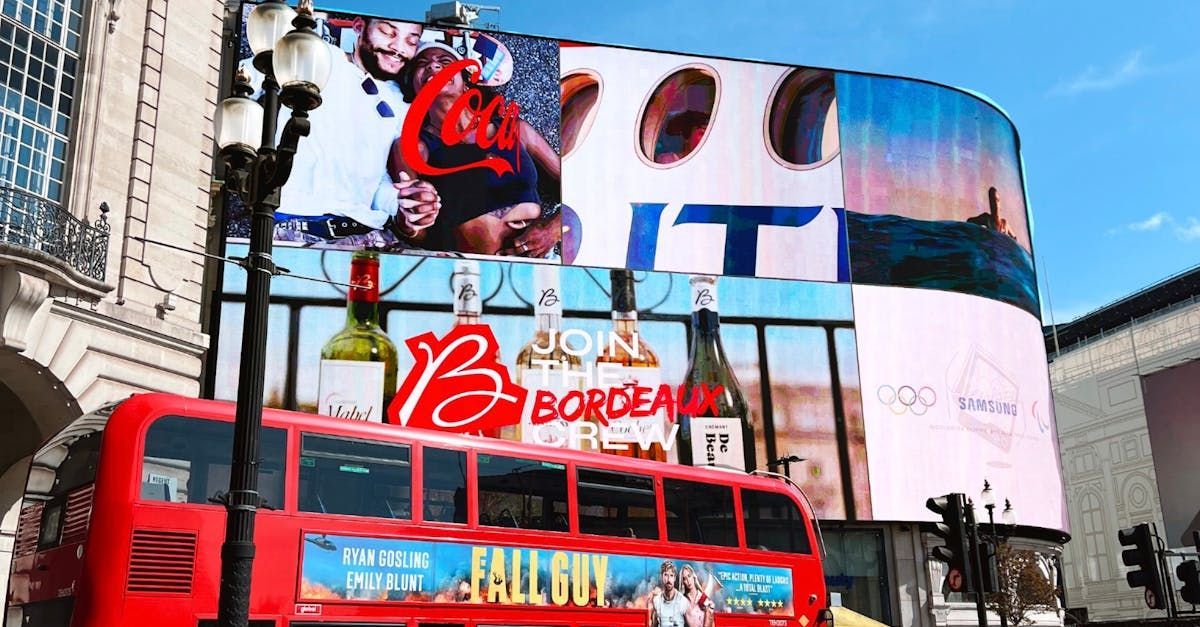
Reduced Production Costs
Traditional OOH advertising involves significant production costs, including printing and installation of billboards. DOOH eliminates these costs as digital content can be created and updated electronically, reducing both time and expense associated with physical production.
Higher ROI
DOOH often delivers a higher return on investment (ROI) compared to traditional OOH. Its dynamic and engaging nature captures the audience’s attention more effectively, leading to better brand recall and higher conversion rates. Studies have shown that digital billboards generate significantly higher engagement and conversion rates than static billboards.
Case Studies Highlighting Affordability and Effectiveness
Case Study 1: Local Retailer Campaign
A local retailer used DOOH to promote a weekend sale. By targeting digital screens in shopping malls and bus stops near their store, they saw a 30% increase in foot traffic. The campaign was run on a pay-per-play basis, making it affordable and directly linked to performance.
Case Study 2: National Brand Awareness Campaign
A national brand utilized programmatic DOOH to launch a new product. They maximized their exposure by bidding for prime ad spots during peak hours while controlling costs. The flexibility of programmatic buying allowed them to adjust their budget and strategy in real-time, optimizing their spending and improving overall campaign effectiveness.
Integration with Other Marketing Channels
DOOH’s integration capabilities with other marketing channels further enhance its cost-effectiveness. For instance:
- QR Codes: Including QR codes in DOOH ads allows for seamless transition to mobile platforms, increasing user engagement and trackability.
- Social Media Integration: DOOH campaigns can be synchronized with social media efforts to amplify reach and engagement. Real-time content updates and user-generated content can be displayed on digital screens, creating a cohesive brand experience.
The Future of DOOH
The future of DOOH looks promising, given technological advancements and increased adoption of programmatic advertising. Innovations such as augmented reality (AR) and artificial intelligence (AI) are set to enhance the interactivity and effectiveness of DOOH campaigns, making them even more attractive for advertisers.
Augmented Reality (AR)
AR can transform DOOH ads into immersive experiences, allowing users to interact with the ad content in real time. This boosts engagement and provides valuable data on user preferences and behavior.
Artificial Intelligence (AI)
AI can analyze audience data and optimize ad placements in real time. By understanding audience demographics and behavior patterns, AI can ensure that ads are displayed to the right people at the right time, maximizing the impact and efficiency of DOOH campaigns.
Conclusion
Digital out-of-home advertising is a powerful and cost-effective medium that offers numerous benefits over traditional OOH advertising. Its dynamic nature, flexible pricing models, and integration capabilities make it an affordable option for brands of all sizes. By leveraging the advantages of DOOH, advertisers can achieve higher engagement, better ROI, and more effective targeting, making DOOH an indispensable part of modern advertising strategies.
Investing in DOOH not only ensures better visibility and engagement but also provides a versatile platform to adapt and innovate in a rapidly changing digital landscape. Whether you are a local retailer or a national brand, DOOH offers a scalable and effective solution to meet your advertising needs.
TALK TO A PRO
We're here to bring your brand to life!
Stay Connected with BrandXR
Create Augmented Reality for Free!
Create, Publish, and Measure 3D Augmented Reality Experiences Without Having to Code.
